Found on Ebay.


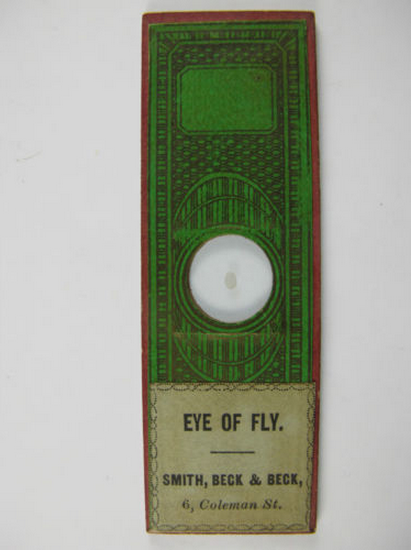

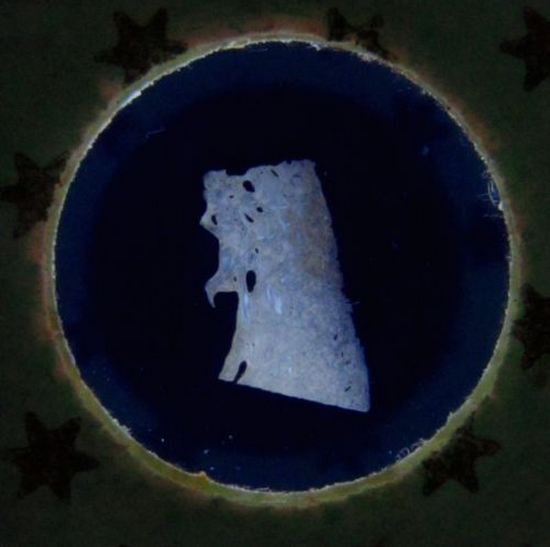
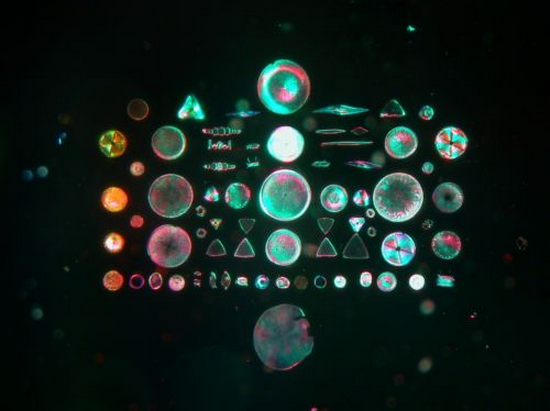
Found on Ebay.






The Voynich manuscript is an illustrated codex hand-written in an unknown writing system. The book has been carbon-dated to the early 15th century (1404–1438), and may have been composed in Northern Italy during the Italian Renaissance. The manuscript is named after Wilfrid Voynich, a book dealer who purchased it in 1912.
The pages of the codex are vellum. Some of the pages are missing, but about 240 remain. The text is written from left to right, and most of the pages have illustrations or diagrams. Many people have speculated that the writing might be nonsense. However, in 2013, Marcelo Montemurro of the University of Manchester and Damian Zanette of the Bariloche Atomic Centre published a paper documenting their identification of a semantic pattern in the writing; this suggests that the Voynich manuscript is a ciphertext with a message.
The Voynich manuscript has been studied by many professional and amateur cryptographers, including American and British codebreakers from both World War I and World War II. No one has yet succeeded in deciphering the text, and it has become a famous case in the history of cryptography. The mystery of the meaning and origin of the manuscript has excited the popular imagination, making the manuscript the subject of novels and speculation. None of the many hypotheses proposed over the last hundred years has yet been independently verified.
The Voynich manuscript was donated by Hans P. Kraus to Yale University's Beinecke Rare Book and Manuscript Library in 1969, where it is catalogued under call number MS 408. A digitized high-resolution copy is also accessible freely at their website. (Wikipedia)
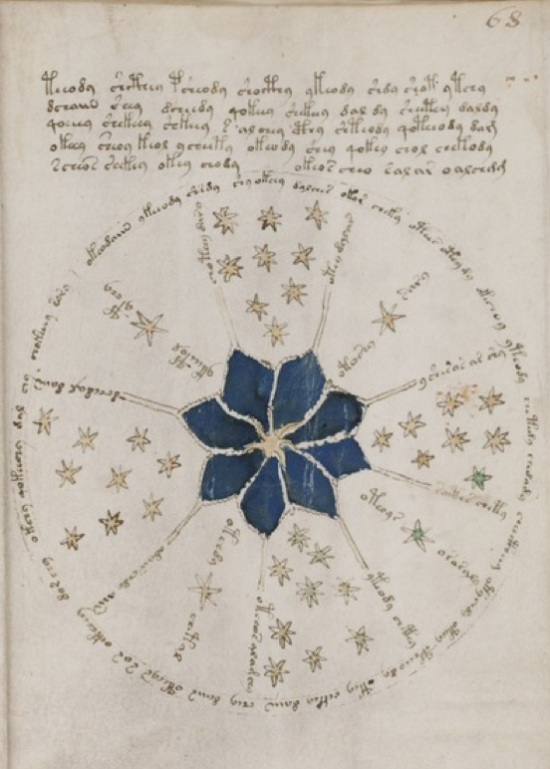
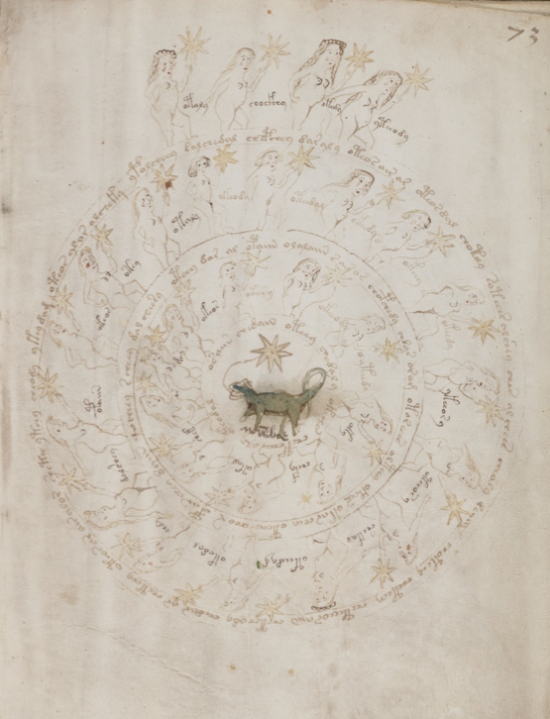
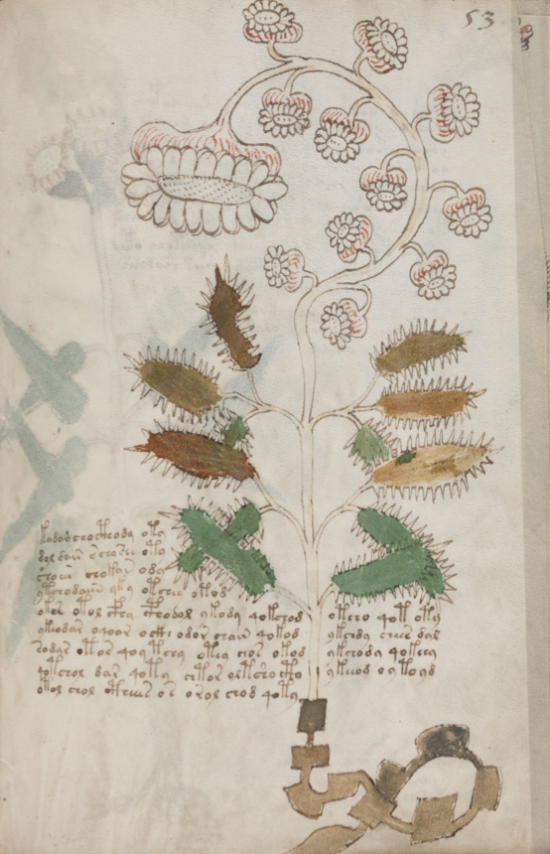
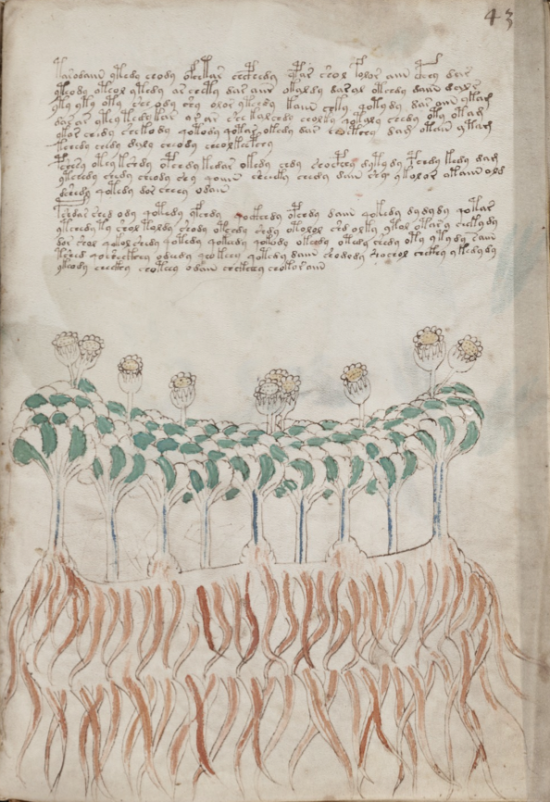
Historic Proclamation of the Cambridge Declaration on Consciousness in Human non-Human Animals at the Francis Crick Memorial Conference, Churchill College, University of Cambridge, Cambridge, UK, July 7, 2012 The text of the Declaration is available at http://fcmconference.org/img/CambridgeDeclarationOnConsciousness.pdf The Declaration represents the conclusion of a scientific meeting, the Francis Crick Memorial Conference on Consciousness, with all the talks available at http://fcmconference.org/watch/ These talks contain peer-reviewed work by mostly experimental neuroscientists who are putting to rest preconceived notions of human exceptionalism, for the public and with hard data.
In 2012, a group of neuroscientists attending a conference on "Consciousness in Human and non-Human Animals" at Cambridge University in the UK, signed
The Cambridge Declaration on Consciousness.
(Download a copy of the Declaration).
"The absence of a neocortex does not appear to preclude an organism from experiencing affective states. Convergent evidence indicates that non-human animals have the neuroanatomical, neurochemical, and neurophysiological substrates of conscious states along with the capacity to exhibit intentional behaviors. Consequently, the weight of evidence indicates that humans are not unique in possessing the neurological substrates that generate consciousness. Non-human animals, including all mammals and birds, and many other creatures, including octopuses, also possess these neurological substrates."
Photographers Anne Marie Hubert-Brierre, Xavier Hubert-Brierre and Michel Guiss Djomo set up a mirror and cameras in the jungles near Nyonié in Gabon to record how the area’s leopards reacted. More videos are on their youtube channel.
Il y a plus de deux ans ce jeune mâle léopard jouait à attraper la queue de sa mère : http://www.youtube.com/watch?v=cxqjgcZ732M Il y a un plus d'un an, sous les yeux de sa mère et des objectifs de nos pièges photographiques, il escaladait, un très grand miroir à la recherche du congénère aperçu à l'intérieur, http://www.youtube.com/watch?v=ANH-0dAO_kw Actuellement il est âgé d'une trentaine de mois.
"To the Yanomami, each person has an ‘image-essence’, a double called a utupë, to which they are joined until death. A utupë can present itself in the image of many different living creatures, including a bird, mammal or insect. There are also spirits of trees, waterfalls and wild honey." (Survival International)
One by one the spirits arrived. The toucan spirits arrived with their big ear sticks and bright red loin cloths, describes Davi. The hummingbird people arrived and flew around. The moka frog spirits were there with quivers of arrows on their backs. Then came the peccary spirits, the bat people and the spirits of the waterfall.
My soul began to shine.
All came and slung their hammocks in my chest.
The Organization of Solidarity with the People of Asia, Africa and Latin America (Organización de Solidaridad con los Pueblos de Asia, África y América Latina), abbreviated as OSPAAAL, is a Cuban political movement with the stated purpose of fighting globalisation, imperialism, neoliberalism and defending human rights. It publishes the magazine Tricontinental. The OSPAAAL was founded in Havana in January 1966, after the Tricontinental Conference, a meeting of leftist delegates fromGuinea, the Congo, South Africa, Angola, Vietnam, Syria, North Korea, the Palestine Liberation Organization, Cuba, Puerto Rico, Chile and the Dominican Republic. Mehdi Ben Barka, the Moroccan leader of the Tricontinental Conference, was murdered the year before, allegedly with complicity of the CIA.
One of the main purposes of the organisation is to promote the causes of socialism and communism in the Third World; for example, OSPAAAL strongly supported Hugo Chávez and demands that the Cuban Five be released. Social development, which the organization says is a human right, is a recurring theme in OSPAAAL publications.
From its foundation until the mid 1980s, OSPAAAL produced brightly coloured propaganda posters promoting their cause, however, financial difficulty and ink shortages forced the organization to stop producing these posters. However, in 2000, these posters began to be printed again. These posters, as they intended to be internationalist, usually had their message written in Spanish, English, French, and Arabic. As opposed to being put up on walls around Cuba, these posters were instead folded up and stapled into copies ofTricontinental, so that they could be distributed internationally. This allowed OSPAAAL to send its message to its subscribers around the world.
All OSPAAAL-Posters from the beginning until 2003 are documented and indexed in the book The Tricontinental Solidarity Poster.
Comprehensive archive of OSPAAAL posters created by librarian/archivist Lincoln Cushing
These are some of my favorites:
1. Tokyo rail network designed by Physarum plasmodium
This is the movie of Fig 1 of the paper, Atsushi Tero, et al. Science 327, 439 (2010). The experiment was performed by Seiji Takagi.
Time Lapse Video of Slime Mold Physarum polycephalum networking on a map of the United States. Oats are at major cities (or state capitals) throughout the country. Slime Mold was started at Los Angeles, New York, Chicago, and Denver corresponding to the two largest cities and transportation hubs in the country.
3. Physarum Polycephalum solves Traveling Salesman Problem
A slide show presented at the international conference on Chaos Revolution in Science, Technology, and Society (ICR2011) held in the University of Indonesia on Feb. 22, 2011.